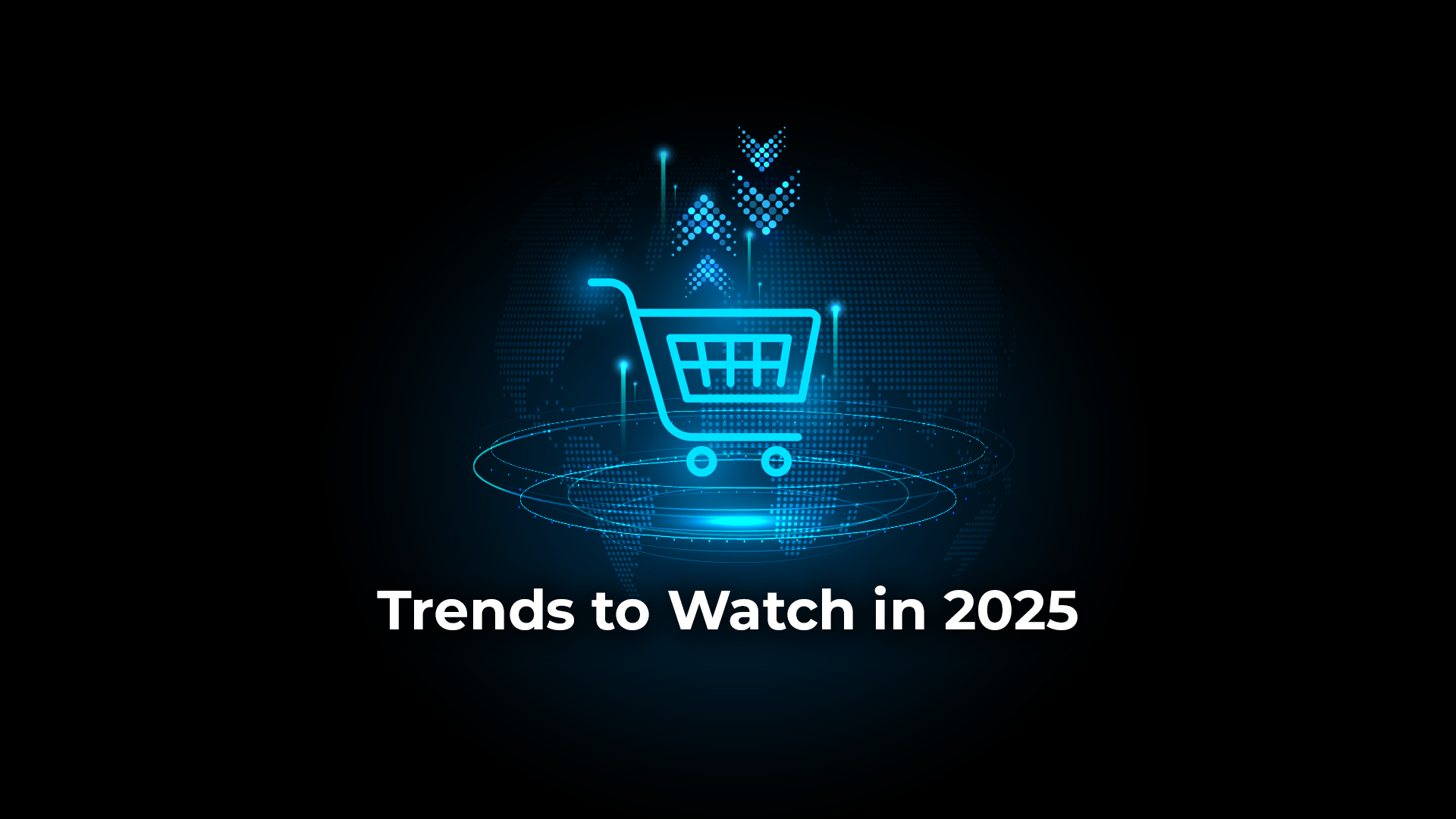
As we approach 2025, the cross-border eCommerce landscape is evolving at a rapid pace.
Research And Market says that the global cross-border eCommerce market is projected to reach $2.2 trillion by 2026, growing at a CAGR of 27% from 2021 to 2026, driven by technological advancements and changing consumer behavior.
Driven by technological advancements and shifting consumer preferences, businesses are adapting to meet new demands and stay competitive. Let’s explore in our blog the top trends that are set to shape the future of cross-border eCommerce in 2025.
Personalized Shopping Experiences
Personalization is increasingly becoming a standard expectation for online shoppers. In 2025, cross-border eCommerce platforms will prioritize AI-driven personalization techniques, delivering tailored content and product recommendations based on browsing history, location, and previous purchases. This not only enhances user engagement but also increases conversion rates.
Brands will leverage AI to create dynamic websites that adapt to different regions, languages, and preferences in real-time, making shopping more accessible and engaging for international customers.
Seamless Cross-Border Payments
Payment methods remain a crucial challenge in cross-border eCommerce. In the near future, we will see more integrated and secure payment solutions that accommodate local currencies and preferred payment methods. Companies will also adopt blockchain technology for secure, transparent, and faster payment processing.
Digital wallets, cryptocurrency, and localized payment gateways will be widely implemented to reduce payment friction and cater to the diverse payment preferences of global customers.
Sustainability and Eco-Friendly Logistics
As consumers become more eco-conscious, sustainability is no longer just a buzzword—it's a demand. In 2025, sustainable practices in logistics and shipping will be a top priority for businesses engaging in cross-border trade. Companies will opt for green packaging, carbon offset shipping options, and efficient supply chain management to reduce their environmental impact.
Expect innovative packaging solutions such as biodegradable materials, reusable packaging, and carbon-neutral shipping options to be the norm.
Enhanced International Shipping Solutions
Speed, cost, and reliability of shipping are vital for cross-border eCommerce. In 2025, there will be a significant focus on optimizing shipping solutions to make international deliveries faster and more cost-effective. This will involve integrating advanced logistics networks and utilizing predictive analytics to foresee potential disruptions in the supply chain.
Insight: Companies will increasingly adopt local warehouses in key regions to speed up delivery times and reduce shipping costs for international customers.
Regulatory Changes and Compliance
Navigating the complex landscape of international trade regulations and taxes can be challenging. In 2025, businesses will see more automated solutions for handling regulatory compliance and cross-border taxes. With the expansion of global trade, governments will continue updating regulations, prompting eCommerce platforms to implement dynamic solutions that keep businesses up to date.
Pro Tip: Staying informed about regional trade agreements and utilizing automated compliance tools will be essential for maintaining smooth cross-border operations.
The Rise of Social Commerce
Social commerce—purchasing directly through social media platforms—will continue to grow, especially in cross-border eCommerce. By 2025, social media platforms will further enhance their eCommerce capabilities, allowing users to shop seamlessly without leaving the app. Brands will tap into this trend to target international customers and leverage influencers for global reach.
Anticipated Developments: Look for features like live shopping, AI-powered chatbots for instant support, and integrated checkout experiences to become common in social commerce.
Localization Beyond Translation
Localization will go beyond language translation, encompassing cultural adaptation, local SEO, and regional product customization. By 2025, cross-border eCommerce companies will prioritize delivering culturally relevant experiences that resonate with customers from different regions.
Brands will increasingly use localized digital marketing strategies and adapt their products to cultural preferences and trends, offering unique experiences for each market.
AI and Machine Learning in Fraud Detection
With the rise of online transactions, the risk of fraud remains a concern. In 2025, AI and machine learning will play a critical role in detecting and preventing fraudulent activities in cross-border eCommerce. Companies will implement sophisticated algorithms that analyze patterns and detect anomalies in real time, ensuring secure transactions for customers.
Businesses should invest in robust fraud detection tools that utilize AI to monitor transactions and identify potential threats.
Voice Commerce
Voice search and voice-assisted shopping will gain traction in 2025, as more consumers adopt smart speakers and voice assistants for their online shopping needs. For cross-border eCommerce, voice commerce will offer a new channel to reach customers and simplify the purchasing process.
What to Watch For: Companies will need to optimize their product listings for voice search by focusing on natural language and conversational queries, ensuring that international customers can find products effortlessly.
The Expansion of B2B Cross-Border eCommerce
While B2C cross-border eCommerce has dominated the scene, B2B eCommerce is set to experience substantial growth by 2025. With more businesses sourcing products internationally, the demand for B2B eCommerce platforms will continue to rise. Companies will focus on building efficient B2B marketplaces that support bulk orders, offer flexible payment terms, and provide reliable shipping options.
B2B eCommerce will see an increase in automated solutions for inventory management, payment processing, and international shipping, making cross-border trade more efficient.
Let's Sum Up
The future of cross-border eCommerce in 2025 is poised to bring exciting advancements, with trends like personalization, sustainable logistics, and social commerce leading the way. Businesses that embrace these trends and adapt to the evolving market landscape will thrive in the competitive global environment.




